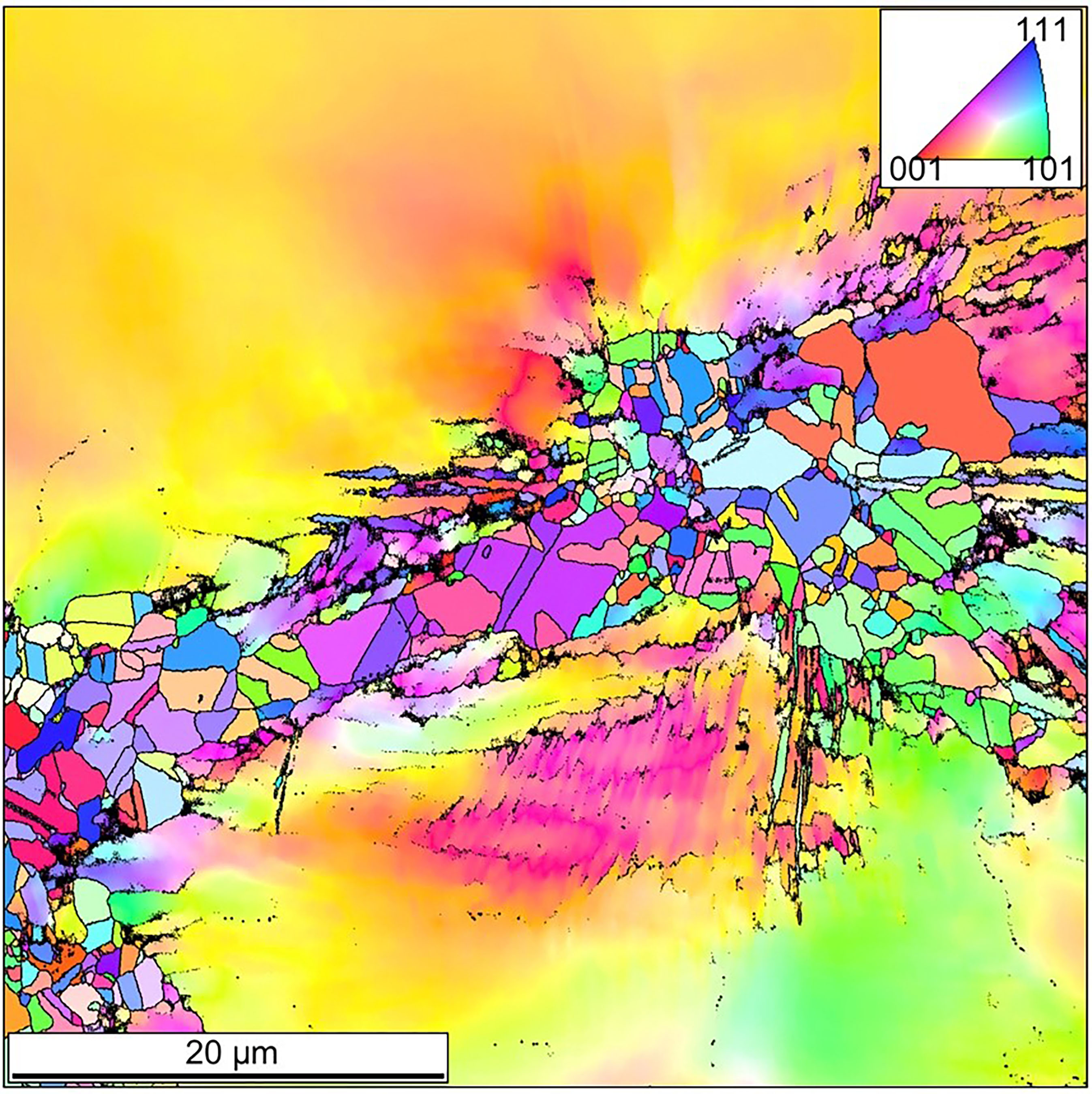Scientists have used a recently developed technique to improve predictions of the timing and intensity of the solar wind’s strikes, which sometimes disrupt telecommunications satellites and damage electrical grids.
Tag: shock wave

Uncorking Champagne Bottle Produces Supersonic Shock Waves
There is much more that comes out of the pop of an opening champagne bottle than meets the senses. In Physics of Fluids, computational fluid dynamics simulations revealed the formation, evolution, and dissipation of shock wave patterns as the carbon dioxide mixture shoots through the bottleneck in the first millisecond after cork popping. The findings could provide insight into the complex and transient behavior of supersonic flow in applications ranging from rocket launchers, ballistic missiles, and wind turbines to electronics manufacturing and underwater vehicles.

Lack of Damage After Secondary Impacts Surprises Researchers
When a material is subjected to a shock or blast wave, damage often forms internally through spall fracture, and research is needed to know how these damaged materials respond to subsequent shock waves. Recent experimentation on spall fracture in metals found that, in certain cases, there was an almost complete lack of damage with only a thin band of altered microstructure observed. In the Journal of Applied Physics, researchers narrowed down exactly why the expected damage was missing.